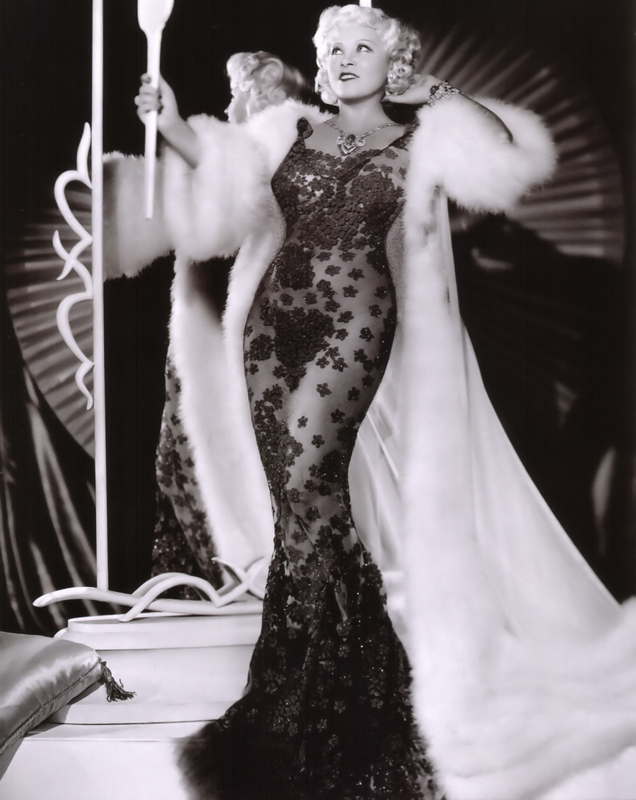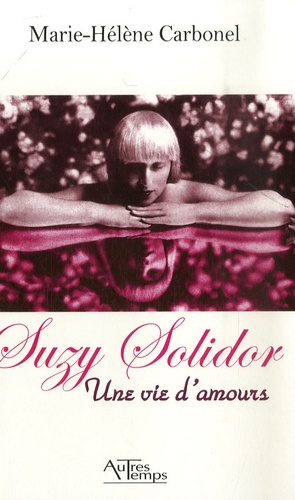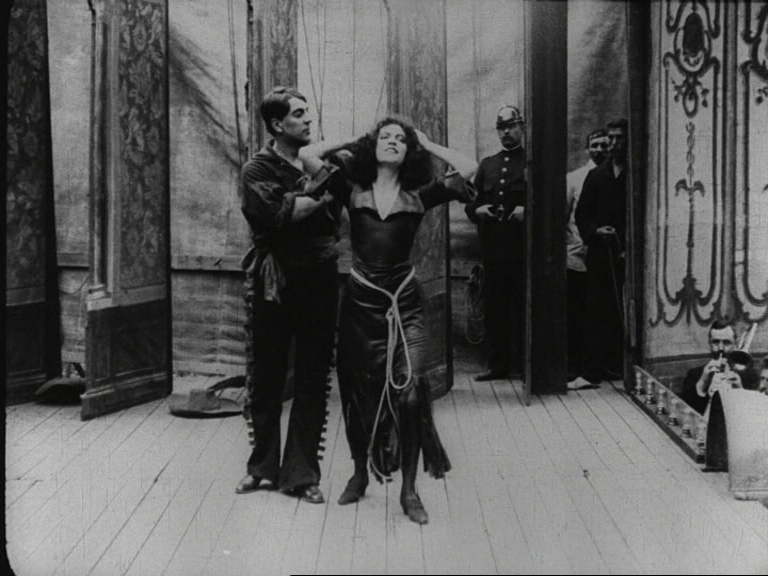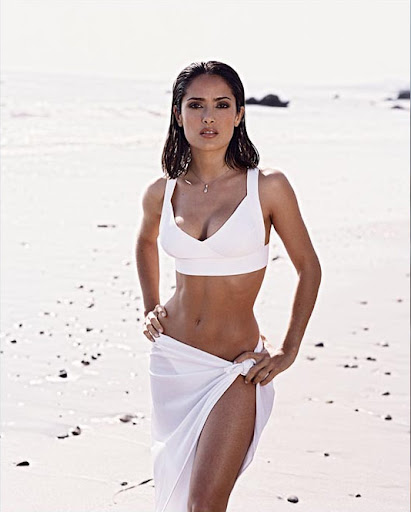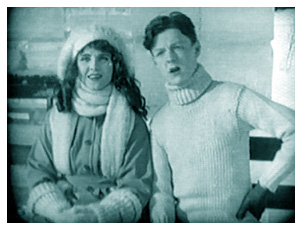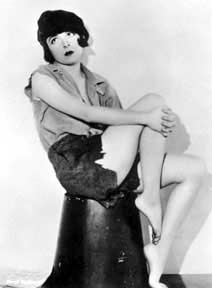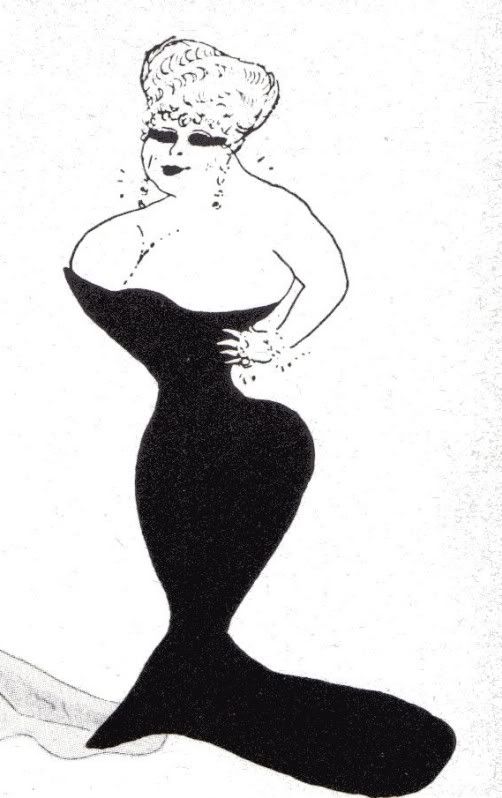Marc Chevalier
Gone Home
- Messages
- 18,192
- Location
- Los Feliz, Los Angeles, California
reetpleat said:I agree with you. As for me, i am only in it for the style, music, and clothes. My standards, morals, and ideas about how the world should be are often more modern than vintage, except when it comes to clothes, music, and style.
I'm with you 100%. Maybe you, Laura and I (and anyone else who feels the same) should form a club or something: a corner booth within the Lounge. Perhaps a thread on this is in order ...
.





